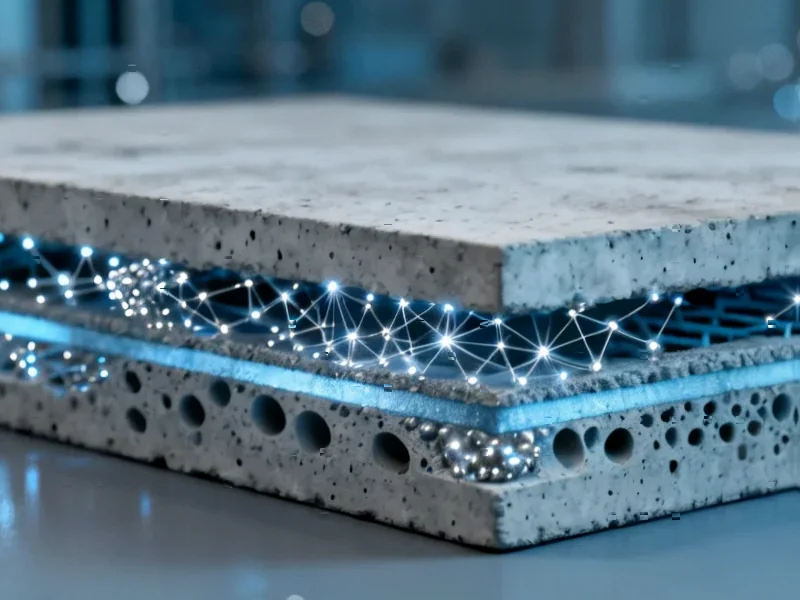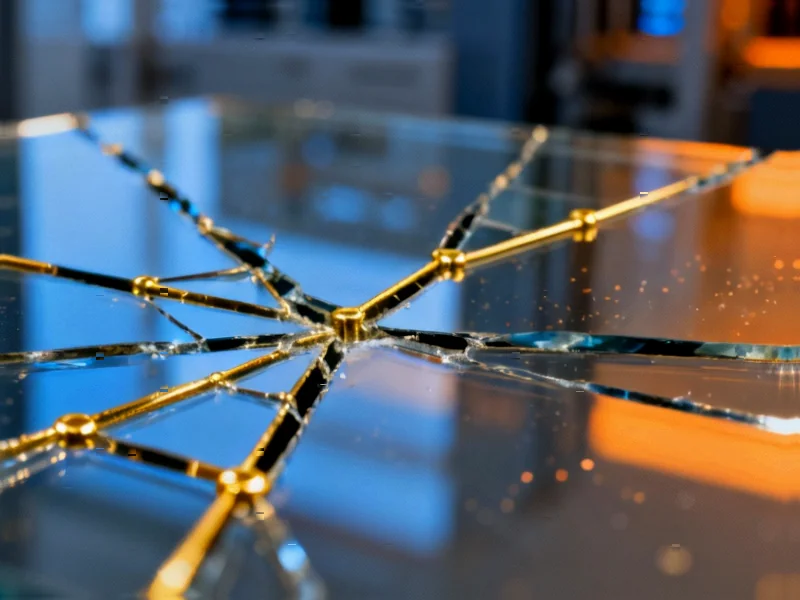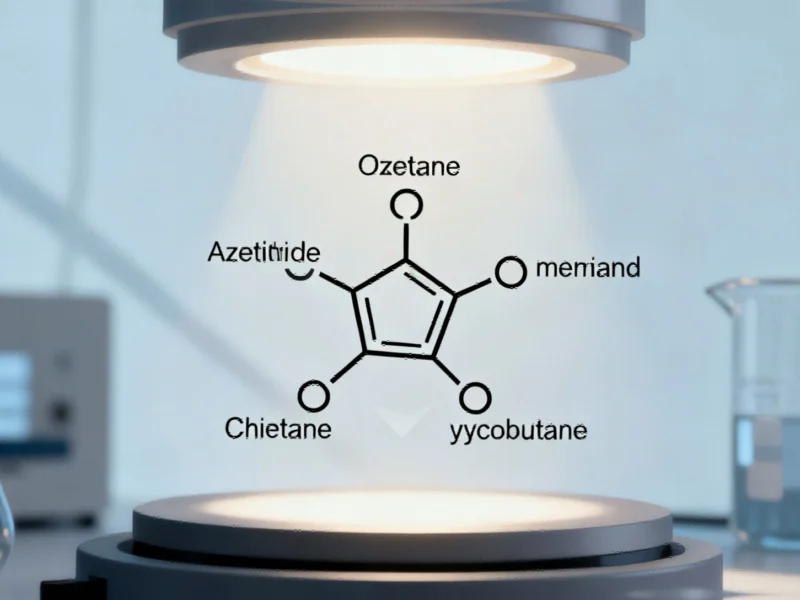Innovative Zinc Extraction from Industrial Waste
Researchers have developed an optimized hydrometallurgical process that successfully extracts high-purity zinc from industrial waste residues, according to recent reports. The method, tested at ALZINC Ghazaouet facility in Algeria, represents a significant advancement in sustainable metal recovery from secondary sources rather than relying solely on natural mineral deposits.
Table of Contents
Breakthrough Recovery Process
The experimental protocol established what sources indicate is a two-stage optimization of the ammonium salt-based jarosite process. Analysis revealed that residues contained approximately 20.02% zinc and 20.24% iron by weight, making them valuable secondary resources. Under optimal conditions of pH 1.5, temperature of 90°C, with 800 mg of ammonium sulfate and 300 minutes reaction time, the process achieved 17.02% zinc recovery from the waste materials.
Advanced analytical techniques including scanning electron microscopy with energy dispersive spectroscopy and X-ray diffraction with Rietveld refinement confirmed the effectiveness of the treatment. The report states that the recovered zinc demonstrated exceptional purity of 99.995% with an average grain size of 11 micrometers, making it suitable for industrial applications.
Addressing Environmental and Economic Challenges
Analysts suggest that with rapid depletion of natural mineral resources, recovery of non-ferrous metals from metallurgical residues has become increasingly urgent. The jarosite process, discovered in the 19th century by German mineralogist August Breithaupt, has been optimized to tackle both environmental protection and economic profitability concerns.
Industrial zinc production through hydrometallurgy generates significant impurities, particularly ferrous compounds that must be eliminated to avoid negative effects on electrolysis. The jarosite process precipitates iron in a form that can be easily decanted, filtered and washed, making it the most common method in the zinc industry according to industry reports.
Global Context and Previous Research
Sources indicate that similar approaches have been implemented worldwide with varying success. At Teck’s Cominco facility in Canada, pressure leaching in autoclaves demonstrated potential for improving zinc recovery economics. In China, Hanzhong Zinc Industry Co., Ltd achieved complete recycling of hazardous waste through crushing and magnetic separation methods.
Researchers note that alternative methods like solvometallurgical processes using organic solvents instead of water have been developed to reduce energy consumption, acidity, and water usage. However, the Algerian study focused on optimizing traditional hydrometallurgical approaches to suit local industrial conditions and regulatory requirements.
Industrial Significance and Future Applications
The ALZINC facility in Algeria represents Africa’s second-largest zinc plant, processing zinc using the blende electrolytic extraction method. Despite current environmental regulations allowing stable storage of waste residues, accumulation of these byproducts containing approximately 17.82% zinc has become increasingly burdensome over time.
According to the research findings, the optimized jarosite process provides a technically feasible method for managing leach residues while maximizing zinc recovery. The study confirms that operational parameters including pH, temperature, reaction time, and reagent mass can be precisely controlled to achieve optimal results while minimizing environmental impact.
Industry analysts suggest this approach could serve as a model for other mining operations facing similar waste management challenges, particularly in regions where environmental regulations are becoming increasingly stringent and the economic value of recovered materials continues to rise.
Related Articles You May Find Interesting
- UK Banking Giants Retreat from Fiber Broadband Funding as Alternative Networks F
- UK’s Costliest Cyberattack: Jaguar Land Rover Hack Inflicts £1.9bn Economic Blow
- From Balance Sheets to Business Strategy: How Modern CFOs Are Leading Digital Tr
- Microsoft Teases Premium Next-Gen Xbox Console Amid $1,000 Handheld Launch – IGN
- Wikipedia Traffic Declines as AI Summaries and Social Media Reshape Information
References & Further Reading
This article draws from multiple authoritative sources. For more information, please consult:
- http://en.wikipedia.org/wiki/Leaching_(chemistry)
- http://en.wikipedia.org/wiki/Jarosite
- http://en.wikipedia.org/wiki/Scanning_electron_microscope
- http://en.wikipedia.org/wiki/Precipitation_(chemistry)
- http://en.wikipedia.org/wiki/X-ray_crystallography
This article aggregates information from publicly available sources. All trademarks and copyrights belong to their respective owners.
Note: Featured image is for illustrative purposes only and does not represent any specific product, service, or entity mentioned in this article.



